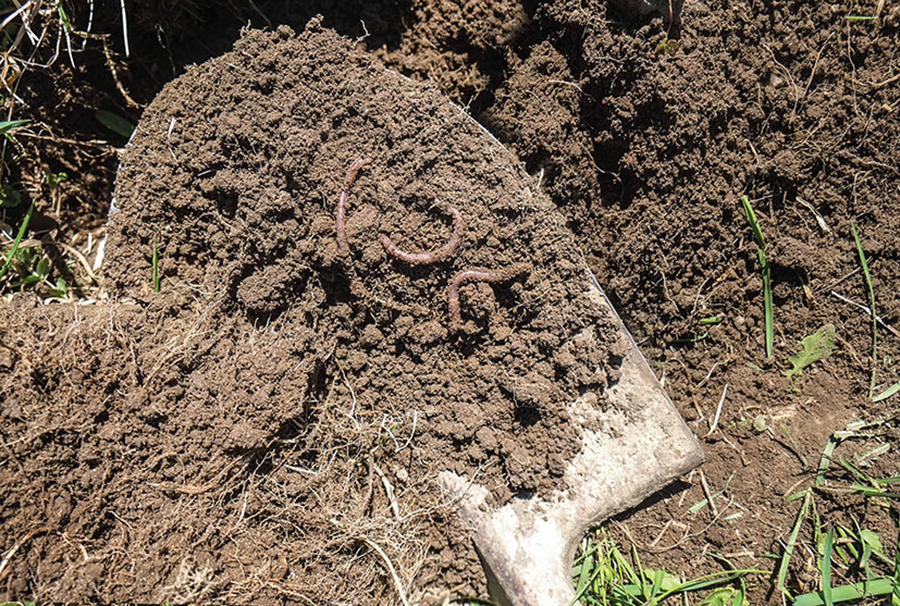Calcium: The forgotten nutrient
26th July 2024
Calcium is the fifth most abundant element in the earth’s crust and an essential nutrient for soil health and crop production, so why don’t more farmers focus on it?

Calcium concentration in the soil varies depending on soil type and mineralogy. Crops grown on sandy soils with low cation exchange capacity (CEC) are more likely to exhibit calcium deficiency, although calcium deficiency can occur in all soils.
The availability of soil calcium is related to the calcium concentration from the soil CEC and the soil pH, which can influence calcium availability from mineral sources like calcium carbonate.
When creating a calcium management programme, it is important to know not just the soil’s calcium content, but also the solubility of the calcium entering the soil solution for root uptake. Insoluble calcium sources may not meet the needs of the plant if the soil pH is not acidic.
Calcium sources
Calcium is present in a number of fertilisers and soil amendments. However, calcium sources have a wide water solubility range, and as a result, differ in plant availability.
Common sources of calcium like lime (calcium carbonate) and gypsum (calcium sulphate) can have lower solubility depending on the particle size, and the calcium becomes available to the plant over a longer period of time, weeks or months in the case of larger sized particles.
In granulated products such as Omya Calciprill, the micronised (typically <100µm) are rapidly dissolved, making pH correction and nutrient availability immediate.
Deficiency symptoms
Calcium deficiency in plants expresses itself commonly as several internal disorders. Rust spot, internal browning and hollow heart in potatoes, blossom end rot in tomatoes and peppers, tip burn in lettuce, bitter pit in apples and induced cavity spot in carrots are some examples which can severely affect marketable yields.
Poor root growth and the death of root tips are not so obvious but just as yield limiting in some arable crops and some diseases, such as club root in oilseed rape and other brassicas, favour low pH soil conditions.
Calcium is critical for healthy soil structure as it helps with flocculation. The calcium cations pull particles together to form aggregates, improving soil structure, creating better flow of oxygen and water through the soil and improving the environment for soil microorganisms.
In a healthy soil ecosystem, the microorganisms regulate the flow and storage of nutrients by decomposing plant and animal residue, fixing atmospheric nitrogen, and releasing plant available forms of nutrients. Calcium is a key element for increasing soil organic matter content because it retains the organic matter in the soil for longer.
Omya Calciprill is a granulated calcium carbonate which dissolves rapidly in soil moisture, correcting soil pH quickly and releasing calcium ions for plant nutrition and soil health.
Compared with other forms of calcium, Omya Calciprill protects the soil against acidification and provides plant ready calcium for uptake by the crop. It can be spread easily using existing equipment and should be applied regularly to maintain soil health and provide a continuous source of calcium for the growing crop.
Visit the Omya website for more information
Read more arable news
